A versatile actor . . .
a charming stage presence and a great singer.
He might have struck gold in Hollywood.
But he fell in love with England
. . . and with his stage partner, Renée Houston.
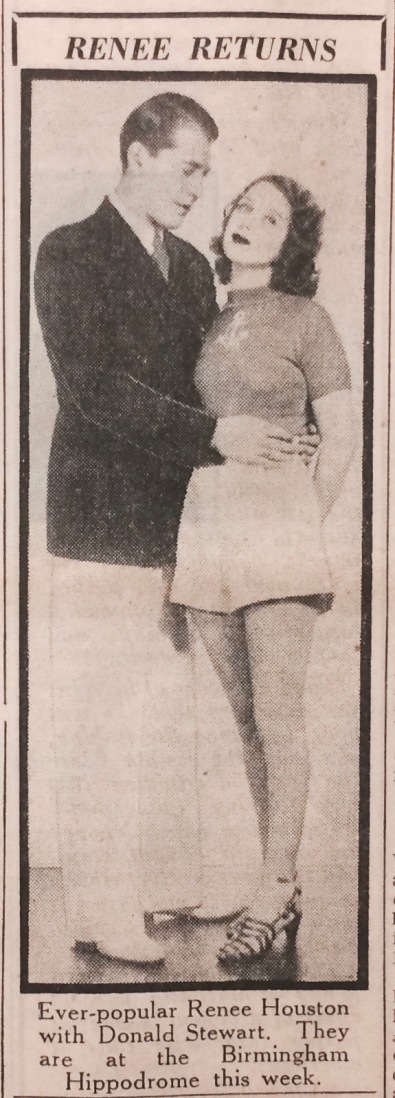
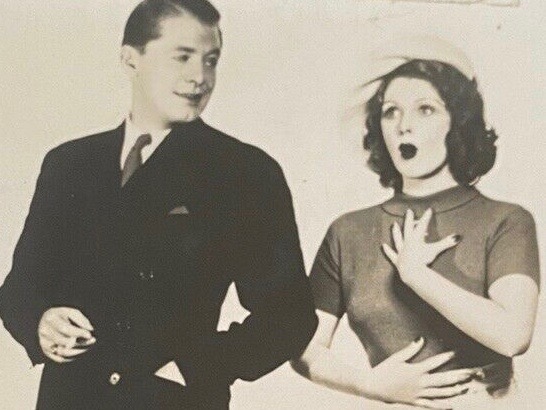
These photos date from December 1938. Donald and Renée look closer than ever. They had just returned from their South African tour.
Donald Stewart’s career began on Broadway. A desire to see the world was the trigger that took him to Europe and landed him in Britain where, as well as partnering Renée, he appeared in films and latterly television.
He was a lead player in several West End productions:



This was after a long career in Variety.
Here are a few moments from Donald’s film and television career
. . . from 1962 and before:
<<<<<<<<<<<<ooooooo>>>>>>>>>>>>>
Title: Man of the World (TV Series)
UK Release Date: 1962
Directed by: Harry Booth
Production Company: ITC

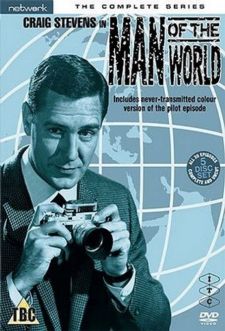
<<<<<<<<<<<<ooooooo>>>>>>>>>>>>>
Title: A for Andromeda (TV Series)
UK Release Date: 1962
Directed by: Michael Hayes
Production Company: BBC


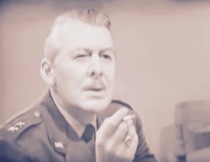

<<<<<<<<<<<<ooooooo>>>>>>>>>>>>>
Title: The Roman Spring of Mrs. Stone
UK Release Date: 1962
Directed by: José Quintero
Production Company: Louis De Rochemont Associates


<<<<<<<<<<<<ooooooo>>>>>>>>>>>>>
Title: The Sheriff of Fractured Jaw
UK Release Date: 1958
Directed by: Raoul Walsh
Production Company: Twentieth Century Fox

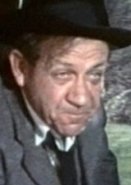

<<<<<<<<<<<<ooooooo>>>>>>>>>>>>>
Title: No Highway in the Sky
UK Release Date: 1951
Directed by: Henry Koster
Production Company: Twentieth Century-Fox Film Corp
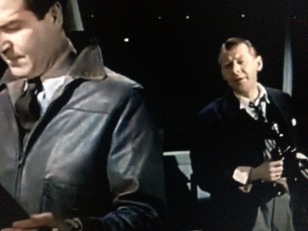

Don has a split-second role but he’s glad to meet the legendary Marlene Dietrich, star of the film.
<<<<<<<<<<<<ooooooo>>>>>>>>>>>>>
Title: I’ll Get You for This (aka Lucky Nick Cain)
UK Release Date: 1951
Directed by: Joseph M. Newman
Production Company: Kaydor, Romulus Films


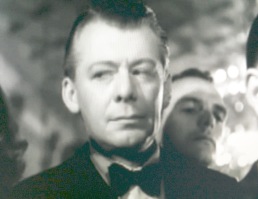
<<<<<<<<<<<<ooooooo>>>>>>>>>>>>>
Title: One Exciting Night
UK Release Date: 1944
Directed by: Walter Forde
Production Company: Columbia British Productions
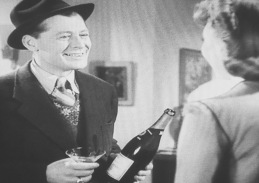


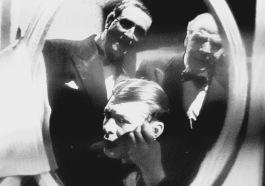


<<<<<<<<<<<<ooooooo>>>>>>>>>>>>>
Title: Welcome, Mr. Washington
UK Release Date: 1944
Directed by: Leslie S. Hiscott
Production Company: British National Films

Above: Barbara Mullen, Peggy Cummins and Donald Stewart.
The Yanks are Coming!!
Sleepy English villages are on high alert. On the Willoughby Estate Americans have a lease for the purpose of building a USAF airbase. What’s more (as a leaked document indicates) hundreds of GIs are arriving – all to be housed in the vicinity. Jane Willoughby (Barbara Mullen) said yes to helping our Allies. What else can the land be good for? Farming is proving a struggle for her and younger sister Sarah (Peggy Cummins). While Lieutenant Johnny Grant (Donald Stewart) is considerate whilst he brokers land for his men, Mr Selby, Jane’s neighbour, refuses to tear down his house to oblige them. Selby and his cohort despise the Willoughby women for helping the Yanks so readily. Up and down the country, with folk accommodating these cocky overpaid Americans, the British ‘way of life’ is changing. Ancient stone walls get demolished with metal huts and concrete replacing them. Ties binding age-old communities suddenly get cut. Villages are evacuated. British women on the Home Front are also at risk. Some fraternise with the louche Americans.
Hate or love those Americans?
To build a factory in the town after the war . . . with American money? Oh, the idea of it! Locals are divided on the question. Some, like Mrs Pidgeon (Irene Handl), like the GIs being present. She’ll happily jitterbug at the local dances. A town meeting sees hostile Selby working the crowd into a rage against Jane. Loose lips has resulted in news of the soldiers’ imminent arrival going viral. Sarah is partly to blame. Selby confronts Jane but she’s a brave gal, defying hostility, defending her judgment and sagely, anticipating a Post-War Britain:
‘It’s true. It’s for you! And for your children so there will be work for all of you when everyone comes back after the war.’
‘You spread a terrible slander against our friends the American people but it is these people that are going to build the factory – to help as much as they can. Your answer to their friendliness was distrust and spite.’
Welcome Mr Washington came to life in late 1943 / early 1944 when victory for the Allies looked a reality, despite night raids on London resuming (though not as big as the earlier Blitz). Compared to 1939, when American isolationism and Anglophobia seemed so entrenched, it was a world changed beyond recognition.
The timing of the film’s release, May 18, 1944, is interesting. A million GIs had passed through Britain by then and their confident and influential presence was troubling. An ongoing PR crisis existed for American Ambassador to Great Britain, John Winant.
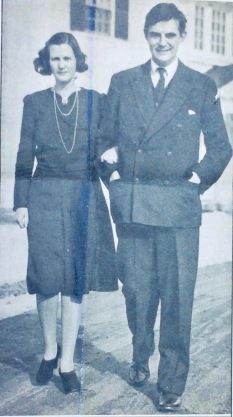
Above: John Winant (US Ambassador to Great Britain 1941-45) and his wife.
The previous year the US Office of War Information and Britain’s Ministry of Information (MOI) collaborated on A Welcome to Britain. This film ‘educated’ young US soldiers on the idiosyncrasies peculiar to British life. A year on, selling Anglo-American cohesion was more significant than ever. GIs were here for a reason. The liberation of occupied Europe was coming. Nobody understood when or the logistics but they grasped that unity was everything. Also, Britain’s role in the war was being eclipsed by the Americans. By spring 1944 the whole of Britain was in a state of alert and a film with a message about keeping information secret was apposite.
Enter Mary Noel Streatfeild, purveyor of children’s stories, with a scenario for British National Films. At the time Elstree Studios served the needs of the MOI – a body that under Brendan Bracken’s leadership outperformed its German rival: the Reichsministerium für Volksaufklärung und Propaganda. The Anglo-American Film Corporation Ltd had, for some years, managed distribution.
Donald was part of a small group of Americans whose war service was to boost morale through stage work. Yet getting cast in Welcome Mr Washington was about being in the right place at the right time. He and Renée lived in Buckinghamshire where top-brass US military numbered among neighbours and friends. One was Lieutenant General Doolittle, of the Eighth Air Force. Don looked the part of the clean-cut USAF officer – the image they wanted to present.
Cure arthritis? Grow Thistle!!
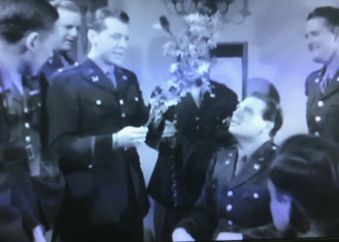
There’s one saving grace for Jane Willoughby. Johnny‘s not just an Anglophile but a biochemist. He’s impressed by a local thistle. Pop’s factory back home in the States know it as Diaphrone – source for a drug that cures arthritis. Johnny suggests growing the crop on Jane‘s land. This might be the first time a wonder drug forms part of a film’s plot-line. It anticipates medical thriller such as The Unknown (2011) where a crop that survives pestilence and heat leads to identity theft, and recent thrillers such as The Cure (2014). In fact, Welcome Mr Washington‘s Diaphrone mirrors a real-life discovery: of Salazopyrin in 1938. By the early 40s its use as an anti-inflammatory in autoimmune diseases was underway. You get dewy-eyed about plant life with Don’s wistful line:
‘Long after Hitler’s dead and forgotten, they’ll be thousands of grateful people with that little fella’s name on their lips.’
Jane gets what Johnny‘s saying. This way, he’ll stay here as her partner and together they will boost local industry and save an English town in decline.

GIs bringing in the harvest . . . in England ? ?

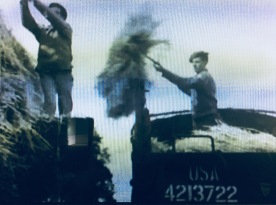
This might be where we lose touch with fact. At the end of Welcome Mr Washington, Jane asks her townspeople to help bring the crop in. This isn’t forthcoming so Johnny steps in and gets the USAF boys to man tractors and threshing equipment on a big scale, preventing sure starvation. Popular as the GIs might have been wherever they were stationed in the British Isles 1942-45, I haven’t found any evidence suggesting they helped with harvests. If anyone can inform me otherwise, please get in touch!! One thing the film-makers got right was that the Summer of 1943 was exceptionally hot.
‘It’s the Murphys and Montgomerys that are winning the war.’
The fictional village in England where the action takes place in Welcome Mr Washington might just as well have been in Ireland. It’s peopled by more Irish characters than you would expect and Barbara Mullen, a fine actress, seems never to have lost her Irish brogue; all amounting to a slightly confused sense of place. De Valera’s Ireland was Neutral. More likely, this was a gesture to the American boys of Irish extraction seeing the film, during their time stationed in Britain.
During the fortnight following the film’s release, Leslie Howard, elegant and suave film star, director and spy lost his life in a plane shot down by the Luftwaffe over the Bay of Biscay. Howard’s contribution to government-made films was supreme. Via the big screen he captured minds and ensured the battle would be won. Prior to that point he had directed and starred in the most iconic wartime films and his anti-Nazi thriller Pimpernel Smith (1941) inspired Swedish diplomat Raoul Wallenberg to lead a real-life rescue operation in Budapest that saved thousands of Hungarian Jews from concentration camps.
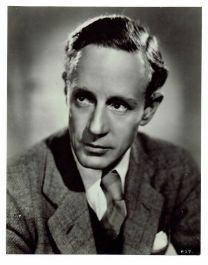
Above: Leslie Howard
Two weeks after Welcome Mr Washington’s release, a meeting in New Hampshire, United States, was attended by Winant and fourteen Industry and Society figures. They spoke of the ‘Freedoms set forth by Franklin Roosevelt’ only attainable now. Winant compared them to basic Christian principles and used the phrase ‘brave new world’.
Welcome Mr Washington was lost after its last television screening in 1961, then rediscovered in 16mm form at the Cinema Museum in 2015.
<<<<<<<<<<<<ooooooo>>>>>>>>>>>>>
Title: The Peterville Diamond
UK Release Date: 11 January 1943
Directed by: Walter Forde
Producer: Max Milner
Production Company: Warner Brothers
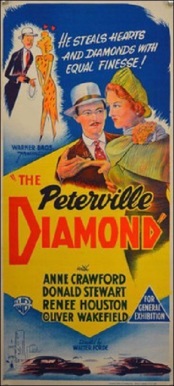

<<<<<<<<<<<<ooooooo>>>>>>>>>>>>>
Title: Flying Fortress
UK Release Date: 1942
Directed by: Walter Forde
Production Company: Warner Brothers-First National Productions



<<<<<<<<<<<<ooooooo>>>>>>>>>>>>>
Title: Old Bill and Son
UK Release Date: 10 March 1941
Director: Ian Dalrymple
Producer: Josef Somlo and Harold Boxall
Production Company: Legeran Films

<<<<<<<<<<<<ooooooo>>>>>>>>>>>>>
Title: Fine Feathers
UK Release Date: December 6, 1937
Director: Leslie S. Hiscott
Producer: Herbert Smith
Production Company: British Lion Film Corporation

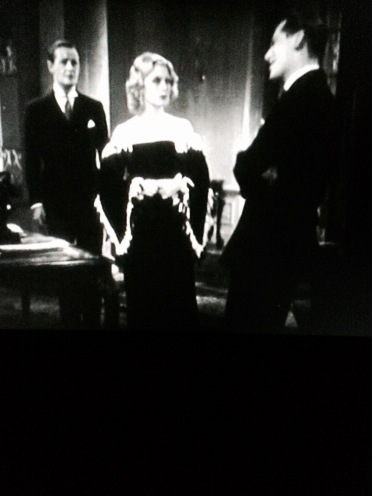
“Tomorrow’s the day and I’ll be there.
And I’ll meet my lad at the top of the stair”
<<<<<<<<<<<<ooooooo>>>>>>>>>>>>>
Title: Soft Lights and Sweet Music
UK Release Date: December 6, 1936
Director: Herbert Smith
Production Company: British Lion Film Corporation
<<<<<<<<<<<<ooooooo>>>>>>>>>>>>>
Title: First a Girl
UK Release Date: 1936
Directed by: Victor Saville
Production Company: Gaumont British Studios

<<<<<<<<<<<<ooooooo>>>>>>>>>>>>>
Donald is an American citizen who makes the UK his home.
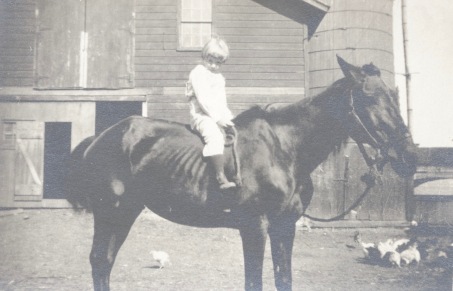


Donald is from Wilkes-Barre in the north eastern part of Pennsylvania. Nicknamed “The Keystone State” for holding a key position in the economic, social and political development of the United States, Pennsylvania is where the US Constitution, the Declaration of independence and the Gettysburg Address were all written.





Donald’s flair for song and dance sees him follow High School in Wilkes-Barre with training at the American Academy of Dramatic Art from which he graduates.
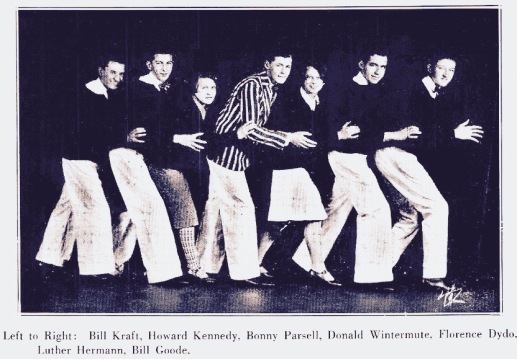

He side-tracks an operatic career and spends five years in Broadway musicals alongside Bob Hope and many other performers who go on to become stars of the Broadway stage and Hollywood.


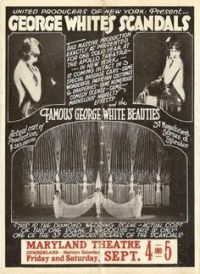
Below: Donald’s Broadway producer: the legendary George White.



Donald Stewart arrives in England in 1935 and works in revue. He makes films and sings vocals with popular dance bands including Ambrose’s band. He records a number of gramophone records.
Listen to Donald and Elsie Carlisle sing “Fare thee well, Annabelle” with Ambrose and his Orchestra, recorded at The Embassy Club (29 Old Burlington Street, London) in 1935. Listen
Or what about the hot rhumba “South American Joe” – again with Ambrose and his Orchestra.Listen

He meets Renée Houston in early 1936 and becomes her stage partner and new ‘feed’, providing the song, sophistication and pizazz that helps make ‘Houston and Stewart’ or ‘Variety’s Sweethearts’ an act quite like no other.
Comic Strip Presents . . .
Donald was an avid reader of comic strips. As a consequence, cross-talk with Renée featured references to characters from ‘strips’ in British national newspapers. Names, familiar then but now long forgotten, got woven in to the dialogues between Variety’s Sweethearts. One was Buck Ryan – an alter ego for Don.
British private investigator Buck Ryan fights crime, taking on the likes of The Dope Gang and lady crime boss Twilight (a role for Renée) along with kidnappers and German spies.
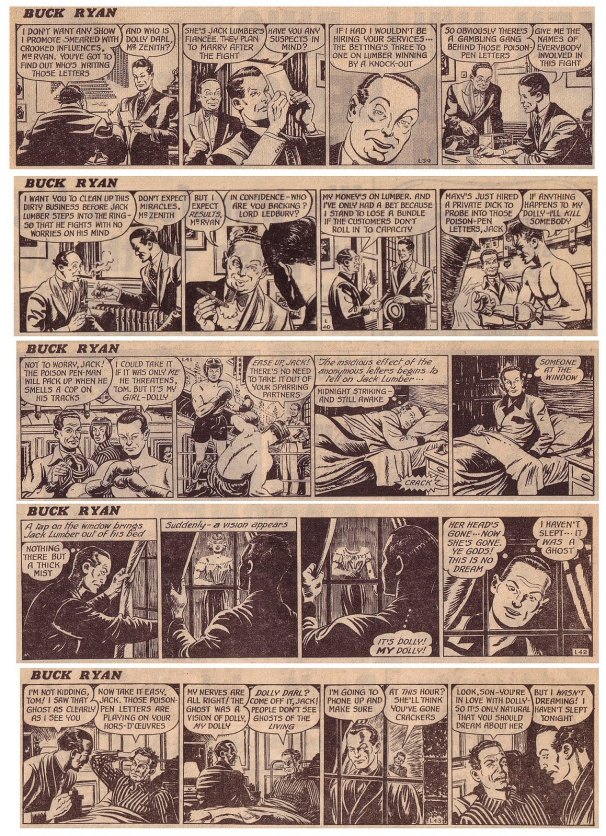
Donald Stewart’s career in Variety Theatre lasted the best part of 30 years. Instantly recognisable were his fine voice and good looks.







The perfect partnership!